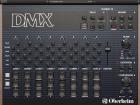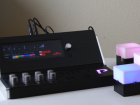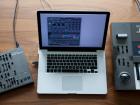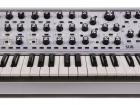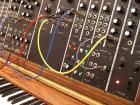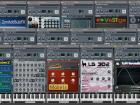Retro Console Hardware Synths (Part Two)
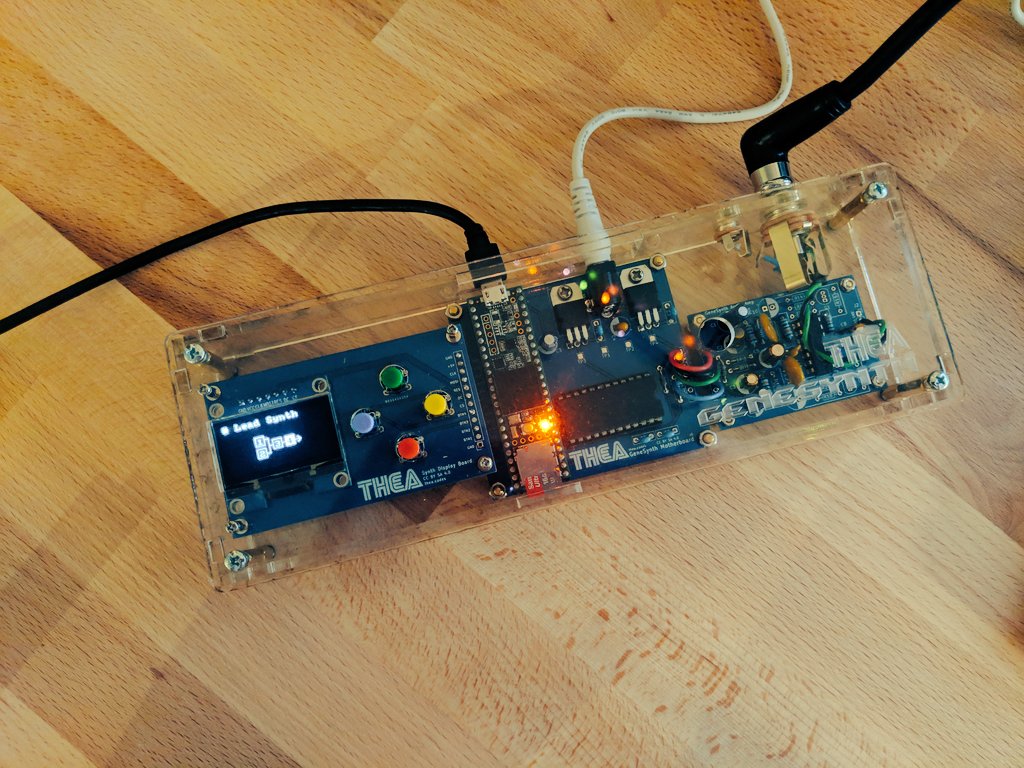
Post date:
In the first part of our article about hardware synths based on retro console hardware, we took a look at the numerous options that are available for fans of the Nintendo Entertainment System. From Arcano MIDI NES and hapiNES L, to Chip Maestro, these synths offers a lot of nostalgic entertainment for anyone who loved the 8-bit Nintendo console. Of course, as popular as the NES was, it is not the only retro console that was able to deliver great sounds. Check out the following hardware synths to see what else has been causing a stir amongst chiptune fans.
Genesynth - A Sega Genesis Inspired Synthesizer

The Sega Genesis launched in North America in 1989, although people in other regions might know it better as the Sega Mega Drive. The console sold in excess of 30 million units over its lifespan and fueled plenty of playground arguments between fans of Sega and those who preferred Nintendo. Genesynth is a nifty hardware synth that uses the same YM2612 6 voice FM synthesis chip that can be found in a real Genesis. Real-time control of all the parameters it offers as well as patch loading and polyphony modes is accomplished using a Teensy 3.5, which is a complete USB-based microcontroller development system. The creator of the Genesynth, Thea Flowers, put an incredible amount of work into the project, but if you want one of your own, then you are going to have to go the DIY route. Thankfully, Genesynth is open-source hardware, so check out the Github repository if you think you are up for this daunting project.
Demo song:
Gameboy Color Pushpin
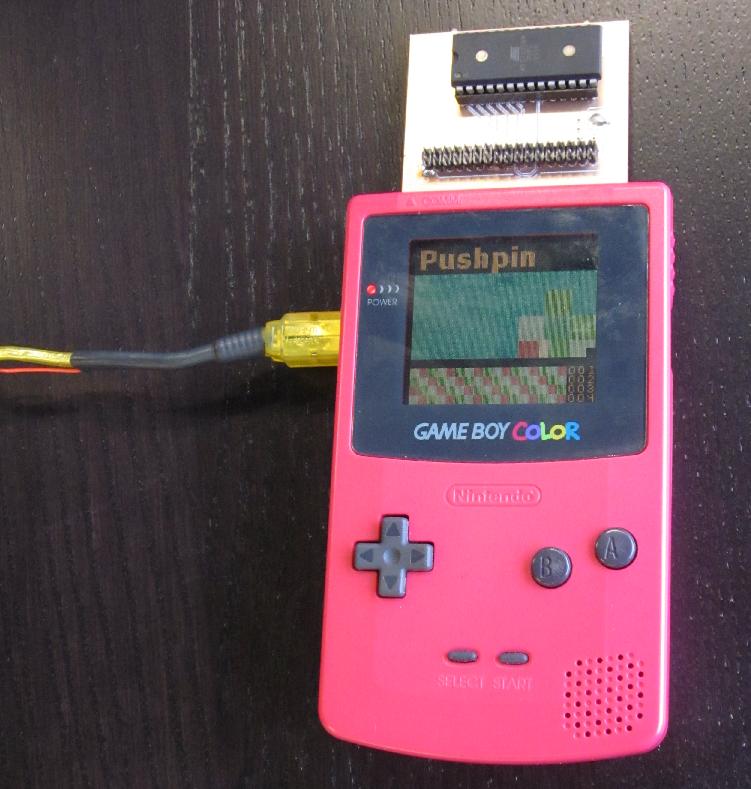
Nintendo released their Game Boy Color in 1998 as the successor of the original monochrome Gameboy. With the Game Boy Color, Nintendo continued to dominate the handheld market and combined sales with the Game Boy were in excess of 118 million units. While hardware synth options for the original Game Boy exists, such as Synthboy+ (http://millionmachinemarch.com/page_id285/), the Gameboy Color has a MIDI synthesizer that you can build yourself. All you need for this synth, which is known as Pushpin, is the ROM file that is available for free from Github, and a MIDI Link cable that you can also create yourself using the online schematics. A flash cartridge programmer for Game Boy devices is needed to get the ROM file running on your handheld, but once everything is set up you can connect it to any MIDI device or port of your choosing and tap into the sounds of your Game Boy Color.
Demo video:
Atari 2600 Synthcart
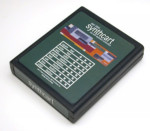
The Atari 2600, which was released in 1977, was the first introduction that many players had to home video consoles that could play games stored on ROM cartridges. Considering its age, the sound capabilities of the Atari 2600 is pretty basic, but this hasn't deterred people like Paul Slocum, who is part of the band Treewave (http://www.treewave.com/), from coming up with ways to turn it into a synth. Slocum accomplished this by creating the Synthcard, which is a hardware cartridge that you can buy and plug into your Atari 2600. You can then connect two Atari keyboard controllers, with each one controlling one of the two oscillators in the Atari 2600. It has even inspired some people, like Parker Dillmann in the video below, to mod their Atari 2600 to use a MIDI keyboard to control the synth.
Demo Video:
Commodore 64 MSSIAH Cartridge
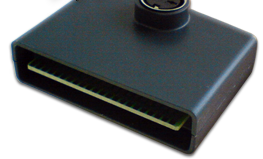
Commodore International first introduced their Commodore 64 8-bit home computer in 1982 and quickly went on to become one of the highest selling single computer models that were ever made. The Commodore 64 remained a popular choice for gamers throughout the 1980s and had a huge presence amongst demoscene enthusiasts who used it for audio-visual presentations. The unique sounds of the Commodore 64 was thanks to Bob Yanness, who developed its SID chip before later co-founding Ensoniq. The MSSIAH is a plug and play cartridge for the Commodore 64 that can turn it into a MIDI synthesizer. In addition to allowing you to connect a MIDI controller to your original Commodore 64, MSSIAH also features a number of sequencers, sample players and other programs on the cartridge to make it easy for you to create your own sounds. It is an improvement over the discontinued Prophet64 hardware cartridge, which lacked MIDI support.
Demo Video:
Conclusion
In addition to the synthesizers mentioned above, there are tons of other projects that have been created by enthusiasts with do-it-yourself skills. Many of them have also been generous enough to share their experiences, which makes it easier for others to follow in their footsteps and create their own synths too. Even daunting projects, such as the MIDIbox SID V2 (http://www.ucapps.de/index.html?page=midibox_sid.html) can be tackled with the knowledge that there are plenty of other people available online that are willing to to help out with advice. Let us know on the forums or in the comments below what your favorite retro console was and what hardware or software you have tried to use in order to incorporate its sounds in your own compositions.
